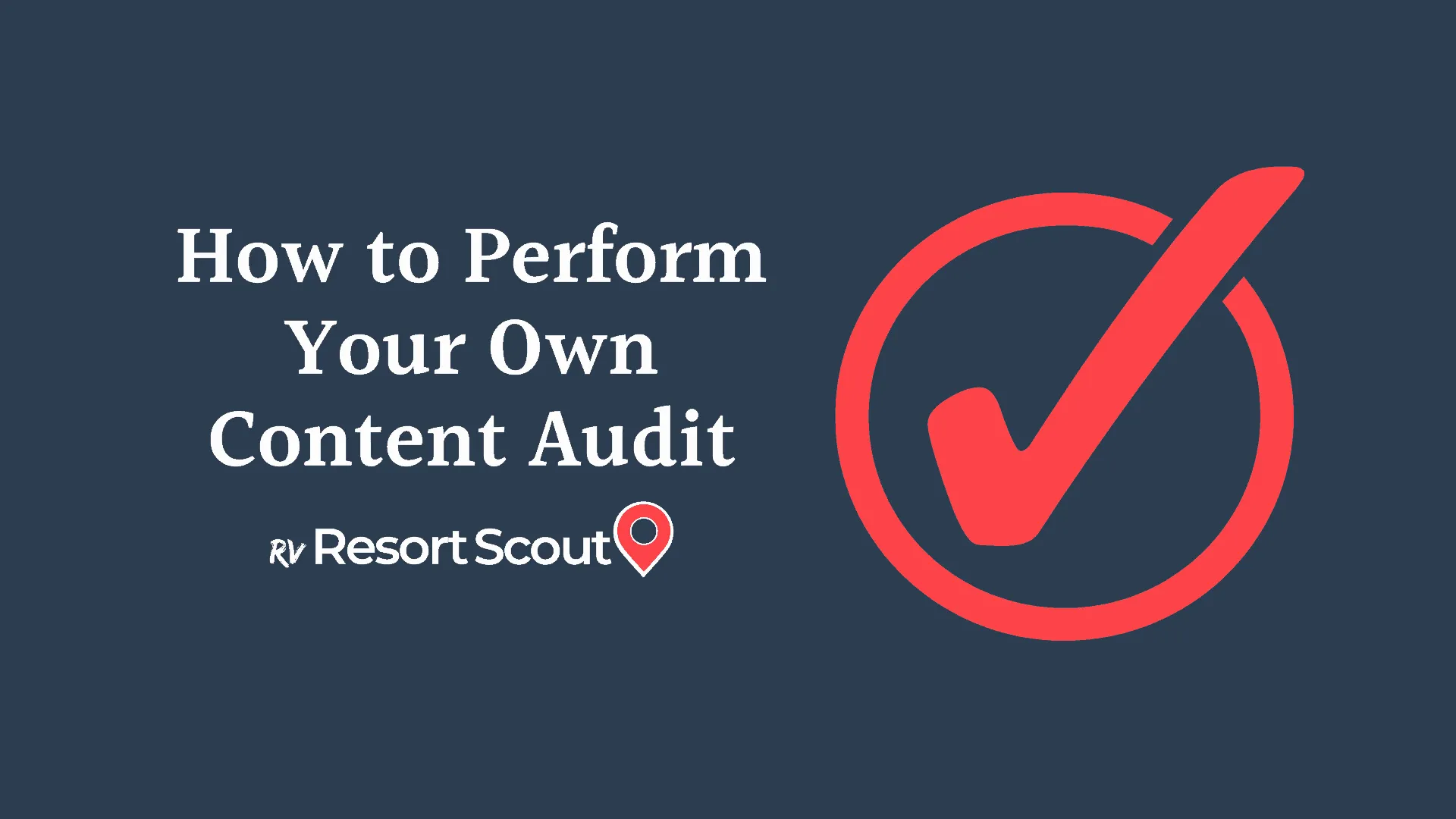So you're wondering how to perform a content audit. Content Audits are uniquely beneficial to a business in that they provide insight into what is working and what has flopped. And the best part is they are relatively straightforward to perform; they require time and dedication. You will experience an SEO boost, content engagement levels, and overall user satisfaction with your website. With a few simple tools, you can be well on your way to performing your audit. This article will serve as a content audit guide. This is how we suggest you tackle this task:
- Please read the article in its entirety to gain a better understanding of what a content audit entails.
- When ready to perform your content audit, open this article and follow along. Use all the sections as steps, and be sure not to skip any as they are vital to performing the audit successfully.
- Periodically re-read sections of the article to ensure you are performing each task correctly.
- And that's it; once you have followed the entire article, you will have performed your content audit.

Steps for Performing Your Content Audit
Follow these steps as you begin to create your content audit guide. While you will have to make your own custom goals, we suggest sticking to the plan as much as possible. Following a strict outline will help keep track of how well your website is performing over time.
Step 1: Create a Spreadsheet
A spreadsheet will help keep your content audits in order. You can easily create your own on excel with the following information or go ahead and download this one I made for you: Content Audit Template. Regardless of your choice, here is a list of headings you should use to capture the data:
- Page Type: What type of page is this? A blog post, the home page, contact us page? Make a quick description of the purpose of this page.
- URL: What is the URL of this page?
- Title: What is the title of this page?
- Meta Description: Meta descriptions let Google know what is on that page. Copy over your meta description or leave it blank if you have not yet created one.
- Image Alt Tags: What tags are you using to describe the images on that page? List all alt tags you have on your images.
- Analytics Data: How well is the page performing? How many visitors are landing on it a month? What is the bounce rate? What is other relevant information your Google Analytics data gives you?
- Page Keyword: What keyword are you trying to rank for on this specific page?
These are just some of the metrics you need to track during your content audit. Depending on your business style, you may need to track more. But tracking these main categories will set you in the right direction.
Step 2: Define Your Goals
Every good content audit will have a set of goals. And each business will have a slightly different set of goals. Take a moment to define what you are trying to accomplish during this audit. Some potential goals you might have are increasing your search engine ranking. In other words, you want to be more visible on the web and ensure your pages are ranking in the top 5 for their respective keyword. Alternatively, your content audit can focus on ensuring your existing content is still relevant and providing the most up-to-date information.
Step 3: List Your Content
You will now begin adding information to your spreadsheet. List all the content/pages you want to run your audit on. The Audit can be run on your entire website, just blog posts, or maybe just a few pages that you need to make sure rank. If you will be running your content audit on your entire website and it is on the longer side, we suggest using a tool like Screaming Frog to help pull all the pages of your website. A platform like this will be the easiest way to generate a list instead of going manually page by page.
As you gather your content, be sure you fill out relevant fields such as Page type, URL, Page Title, Meta Description, and ALT Images tags. By completing these tasks together, you will eliminate all the back and forth, saving you a lot of time.
Once you have all the pages you want to analyze and have copied over all the relevant information, you can move on to the next step of your project.
Step 4: Categorizing Your Content Audit
Once you have gathered all that relevant information, you will want to sort it in an easy-to-see and digest way. Keep the blog posts with the blog posts, the services/products with the services/products, etc. Organize your spreadsheet in a way that will make it easy for you to understand. We know this can be tedious, but having a neat spreadsheet will easily keep track of how well your content is performing over time.
Tip: For blog posts, we also suggest adding the date of the content, and the last time it was updated. Search Engines love new/updated content, so it is worth taking the time to make sure your old blog posts have the most up-to-date information.
Step 4: Data Analysis
Data Analysis will be where you spend the majority of your time during the content audit.Analyzing data takes time; you must understand what each piece of data tells you and how you can use it to improve your website. If you're looking to see some immediate gains in your SEO rankings, then focusing on meta descriptions and titles is the place to start. If your main goal is having the best content for your audience, then looking for older blog posts is crucial. You must update the most relevant information regularly.
Your spreadsheet is the perfect place to include all of this. Jot down all relevant data and record page views, bounce rate, and click-through rate. At this time we also suggest recording what keyword this page is ranking for and if it is the intended keyword. For pages that get a lot of traffic, you must optimize these with the best content. Important Pages that aren't getting much traffic are also a clear opportunity for improvement.
Take your time. Do not rush through this section. The majority of your content audit is done during this step, and you must take your time to record the relevant information.
Step 5: Action Plan
Using the data you gather in the analysis step, you can now craft your action plan. Depending on the goals you set earlier, you will now begin to update content, optimize your content, or maybe even delete old and outdated content. We suggest assigning priorities to each of the tasks you currently have in front of you. Tackle the items that will make the most significant changes first, then work your way down to smaller ones. Focus on perfecting those pages that are already driving a lot of traffic. Just 1-2 spots higher in Google's search engine algorithm can make a big difference. You could experience thousands of extra visitors a month just by moving up a few spots.
How rvResortScout Can Help You
If you're a business owner busy with work (like most of us are), you can always outsource your content audit and get a bit of a jump start. rvResortScout uses some of the most advanced tools to perform a complete audit of your website. We can then compile a list of tasks you should work on completing depending on your goal. If you're interested in this, you can find out more on our Website Audit Page. Once you're there, all you'll have to do is fill out some information, and in as little as three days, you'll have a professionally performed audit at your disposal.
As a final word of advice, do not rush through your content audit, or you'll end up in the same place again. Instead, take your time and do your very best to optimize and craft engaging content for your audience. The results you achieve will work wonders for your business.



